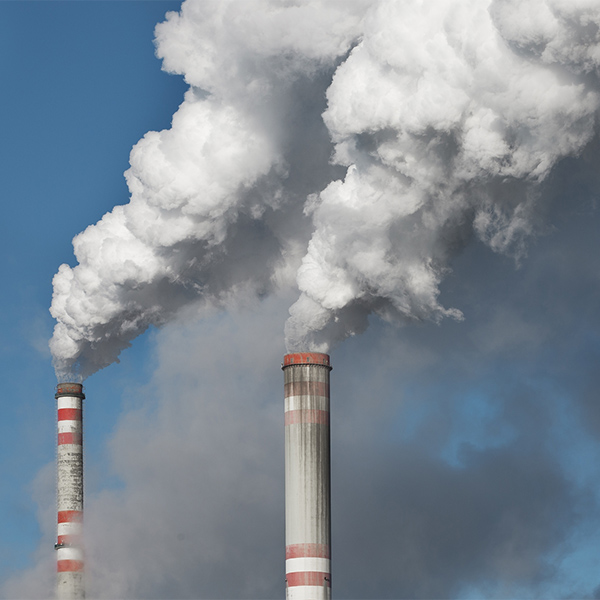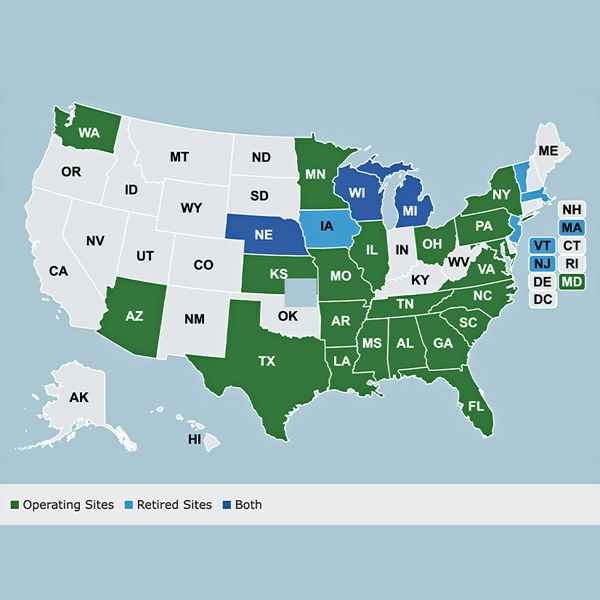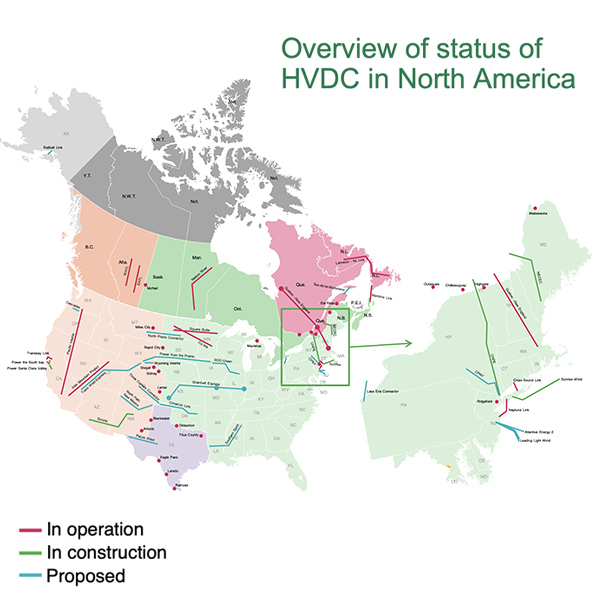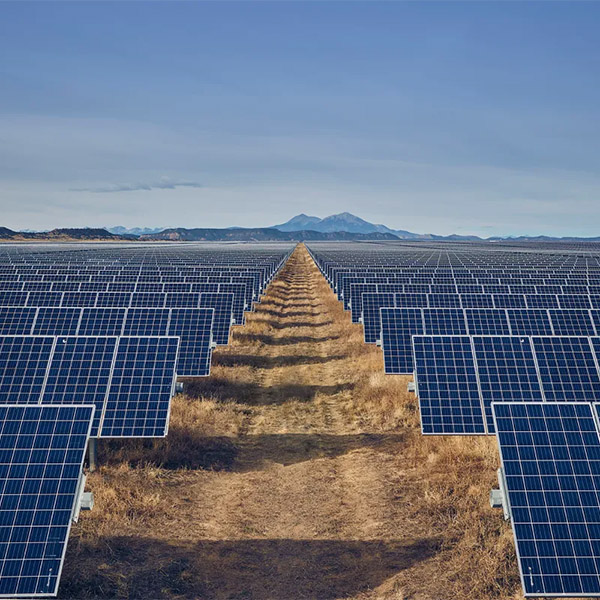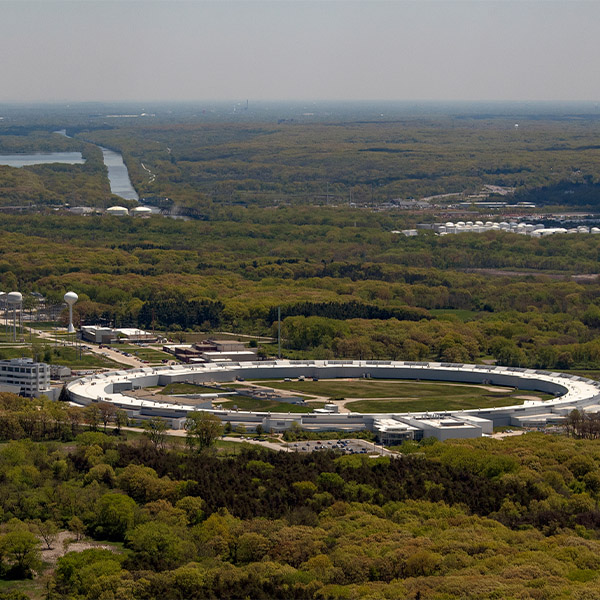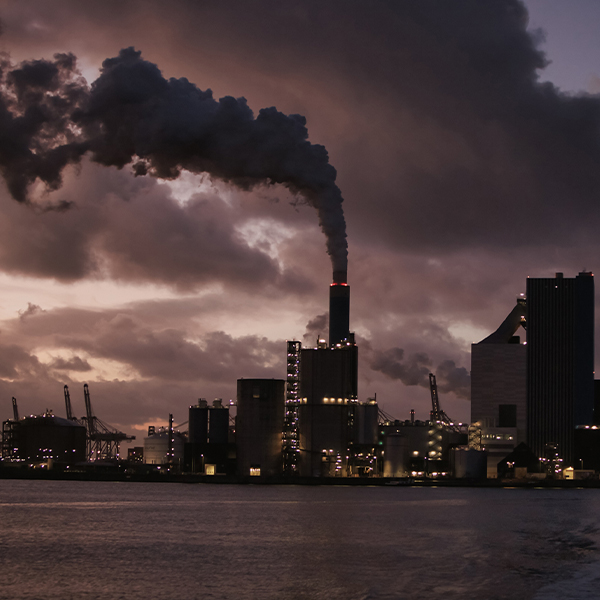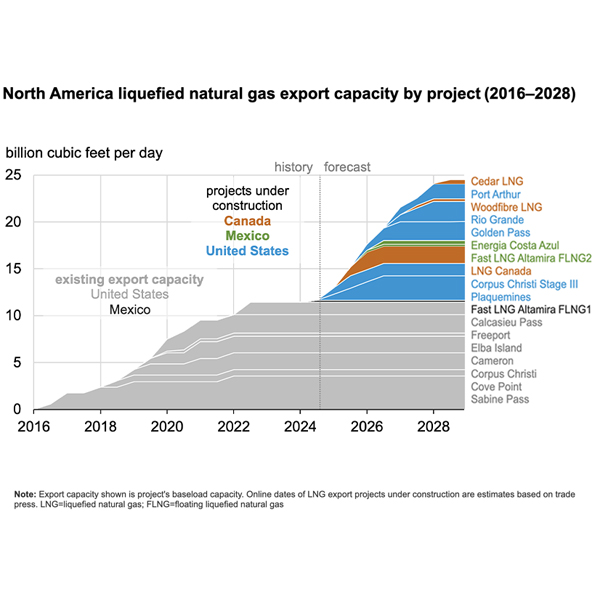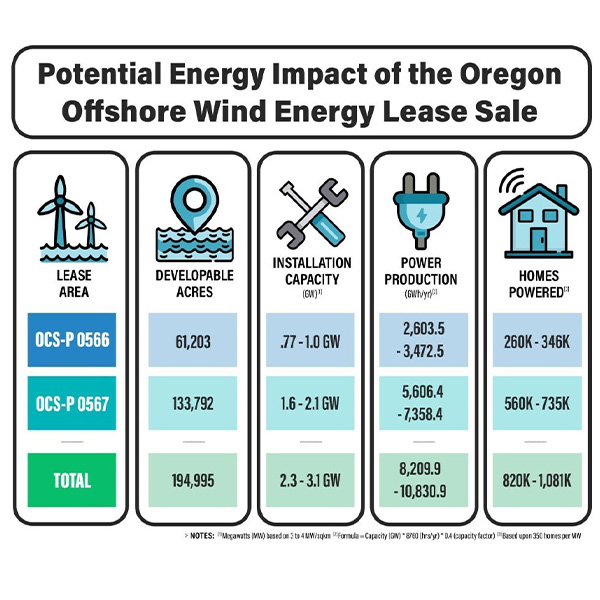Federal Policy
CongressDepartment of EnergyLoan Programs Office (LPO)Department of TransportationEnvironmental Protection AgencyFederal Energy Regulatory CommissionGeneral Services Administration (GSA)Interior DepartmentBureau of Land ManagementBureau of Ocean Energy ManagementNuclear Regulatory CommissionTreasury DepartmentWhite House
ERCOT, MISO, PJM and SPP filed a joint brief in the appeal of EPA’s power plant rule seeking more flexibility on compliance, arguing it is needed to ensure reliability.
The U.S. Bureau of Ocean Energy Management announced it will conduct an offshore wind energy lease sale for eight areas on the Outer Continental Shelf that would require floating turbines.
The U.S. Department of Energy estimates that existing and recently retired nuclear power sites could host an additional 60 GW to 95 GW of new nuclear generation.
Before the use of HVDC transmission lines can be expanded in the U.S., the offshore wind industry needs to set some standards, according to a joint company survey.
The U.S. Department of Agriculture announced more than $7.3 billion in financing for 16 rural cooperatives through its New ERA program.
Clean energy developers set a record for the second quarter with 11 GW of installations – up 91% from the same three months last year.
The two Energy Innovation Hubs will accelerate development of storage technology beyond lithium-ion batteries, with a priority on use of inexpensive and abundant materials.
The D.C. Circuit Court of Appeals set aside EPA emission rules on new large boilers as they applied to those built prior to August 2020, ruling that was a violation of the Clean Air Act.
The Department of Energy approved a five-year term for New Fortress Energy’s Fast LNG 1 project to export gas produced in the U.S. to countries without free trade agreements.
The Bureau of Ocean Energy Management said the two lease areas being offered hold a potential capacity of more than 3.1 GW of energy generation if fully developed.
Want more? Advanced Search
